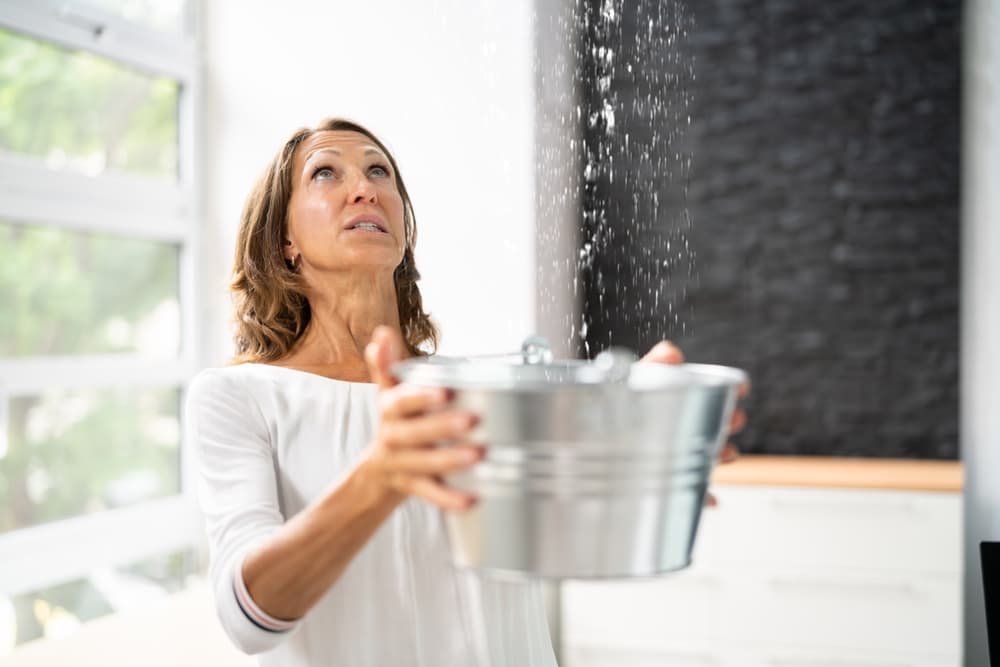Mold is sneaky. It often starts out small, maybe a faint patch on the wall or a musty smell you can’t quite place. Before you know it, that “small” problem has turned into something much bigger, spreading through your home and even affecting your health. The good news? With the right approach, you can catch mold early, get rid of it properly, and keep it from coming back. In this guide, we’ll walk through the full journey of mold management, from spotting the first signs to making sure your home stays clean and safe. To keep things practical, we’re pulling in advice from inspection and remediation pros, including trusted experts from Quick-Dry Flood Services of San Diego, CA.
Why You Can’t Ignore Mold
Mold isn’t just an eyesore. It thrives anywhere damp, feeding on wood, drywall, and even fabric, and once it takes hold, it spreads quickly. The spores float in the air, moving from one spot to another, which means that if you see mold in one place, there’s a good chance it’s hiding somewhere else too. Aside from damaging your home, mold can cause breathing issues, allergies, and long-term health problems. Simply painting over it or scrubbing with a household cleaner won’t solve the problem. In fact, it often makes things worse. That’s why tackling mold properly and early is so important.
Step One: Get a Professional Mold Inspection
The first step in managing mold is figuring out exactly what you’re dealing with. You can only see so much with the naked eye, and mold has a way of hiding behind walls, under carpets, or inside ducts. That’s where inspections come in. Trained professionals use tools like thermal imaging cameras and moisture meters to find hidden damp spots that mold loves. They may also test the air and surfaces to figure out the type and severity of the mold problem. This step is all about getting the full picture, so nothing is missed. If you’re curious about what a professional inspection involves, you can check out the http://www.theinspectorscompany.com/ website for more insight.
Step Two: Make a Game Plan
Once the inspection is complete, the next step is planning out how to tackle the problem. Every mold situation is unique. A little patch in a bathroom is very different from widespread growth caused by a flood. Professionals will start by finding and fixing the source of moisture. Without solving that, the mold will just keep coming back. From there, they’ll map out a plan that could involve sealing off rooms, setting up air filtration systems, or creating containment areas to keep spores from spreading. Think of this step as laying the groundwork before the heavy lifting begins.
Step Three: Mold Remediation in Action
Here’s where the real work happens. Mold remediation isn’t just about wiping down visible spots. It’s about removing the problem completely and making sure it doesn’t come back. In some cases, contaminated materials like drywall or carpet need to be removed and replaced. Hard surfaces are cleaned with professional-grade solutions, and special antifungal treatments are applied to stop regrowth. High-powered equipment, like HEPA vacuums and negative air machines, helps capture airborne spores so your indoor air stays healthy. It’s a detailed, careful process designed to get rid of mold for good.
Step Four: Restore and Rebuild
After the mold is gone, your home may need a little TLC. Maybe some walls have been patched, insulation replaced, or floors repaired. Restoration makes your home feel like home again, and it also ensures that everything is safe and sound structurally. The most important part of this step is making sure the area is completely dry before sealing things up. That way, you’re not trapping moisture that could trigger the whole problem again.
Step Five: Keep Mold Away for Good
Once remediation and restoration are done, it’s all about prevention. Mold thrives in damp, humid conditions, so controlling your indoor environment is key. Using a dehumidifier, improving ventilation in bathrooms and kitchens, and fixing leaks quickly all go a long way toward keeping mold away. It also helps to stay on top of routine checks in moisture-prone areas like basements or crawl spaces. Prevention doesn’t have to be complicated, but it does have to be consistent.
When to Call in the Experts
Sure, you can handle a tiny patch of surface mold yourself if it’s caught early, but anything beyond that calls for professional help. Experts not only remove what you can see but also tackle the hidden causes and use equipment that homeowners don’t have access to. If you’re dealing with a big area, recurring mold, or health symptoms in your household, calling in the pros is the safest way forward. It saves time, protects your home, and gives you peace of mind that the problem is really solved.
Mold Doesn’t Stand a Chance
Managing mold is a process, and every step matters. First, you detect it. Then you make a plan, remediate it properly, restore your home, and focus on prevention. Skip a step, and you’re likely to see mold return sooner rather than later. The good news is that with the right professional support and a little prevention on your part, mold doesn’t stand a chance. Catch it early, deal with it the right way, and you’ll be protecting not only your home but also your health for years to come.
